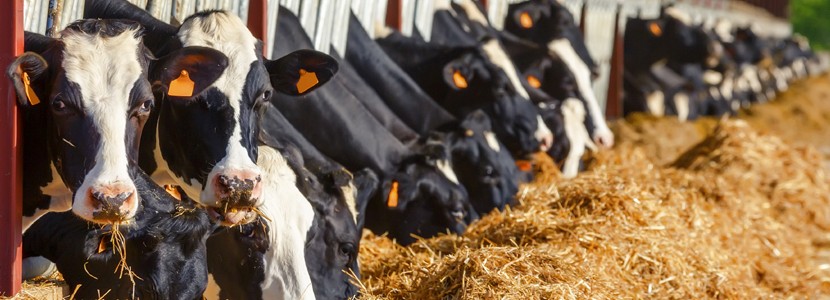Feeding behavior is a significant factor when it comes to improving production parameters in dairy cattle and has a high correlation with animal health and welfare levels.
Underlying wellness traits that affect eating behavior
Feeding behavior (regulated by feedback between appetite and satiety) is the response to the homeostatic mechanism which motivates an animal to seek and ingest nutrients.
These dynamic processes can be modulated by factors such as:
- food availability and accessibility(animal feeding space)
- dominance and hierarchy (influenced by cow weight, age, and size, among other factors)
- individual character and that of its companions
- environmental condition (such as temperature)
Social behavior and temper
Dairy cattle are a social animals which tend to establish a hierarchy. This is especially evident when resources are limited, such as in the feeder (Grant and Albright, 1995). The dominance range determines access priority to resources such as food (Gonzalez et al. , 2008).
Dairy cattle raised in intensive systems have limited space availability for every animal within the feeder. This scenario can exacerbate competition for food and its effects.
- For these systems, it is recommended that the feeding space be at least 0.7 meters per cow. However, even when the available space is sufficient, some subordinate cows will prefer to avoid proximity with dominant cows (Rioja-Lang et al., 2012).
Competition can increase in situations where a restricted feeding space converges with limited food availability. This competition often results in shorter but faster meals, which increases the feeding rate(see “Feeding Behavior in Dairy Cattle. Part I and II“) and, consequently, the risk of acidosis.
In grazing systems, dominance also has an impact on feeding behavior and intake, as dominant animals have priority access to the best quality food (Barroso et al. , 2000). This usually has a direct correlation with milk production, as dominant cows tend to have greater production levels.
Keep up to date with our newsletters
Receive the magazine for free in digital version
REGISTRATION
ACCESS
YOUR ACCOUNT
LOGIN
Lost your password?
